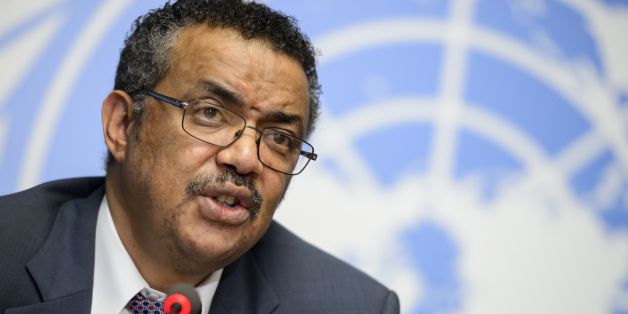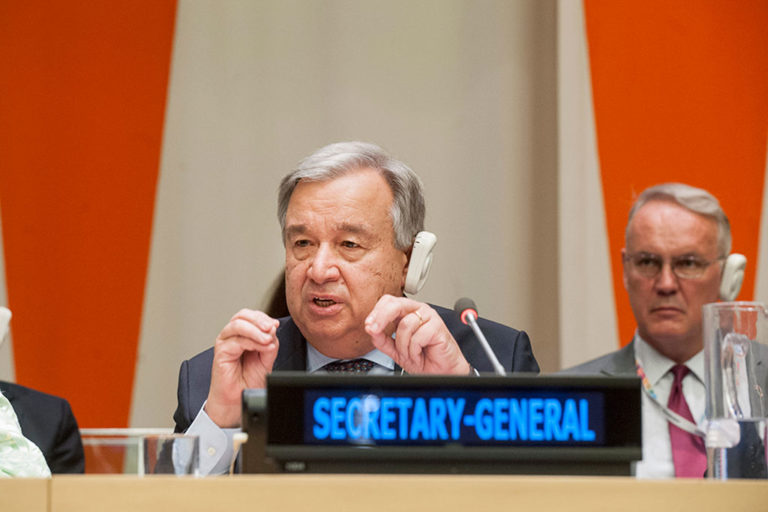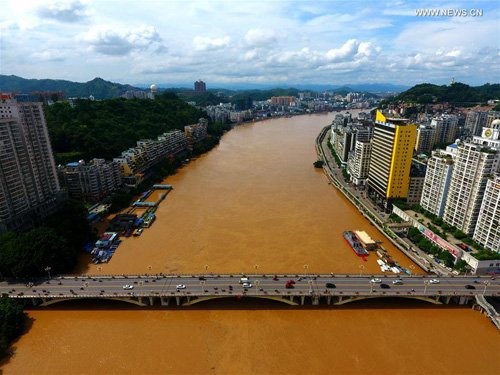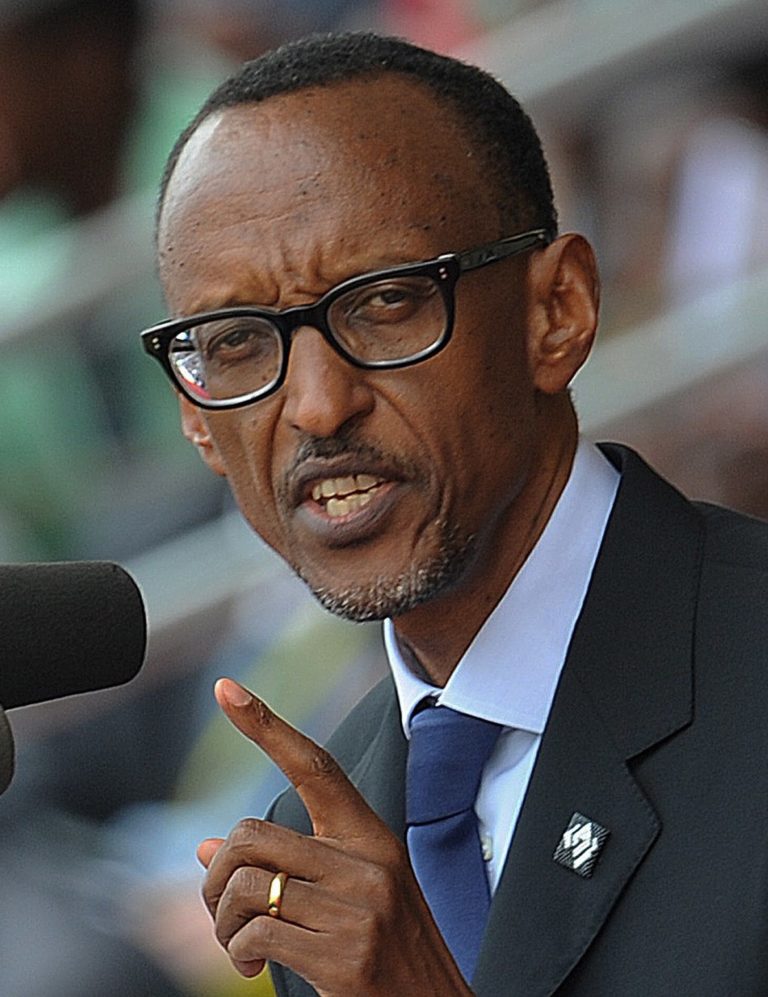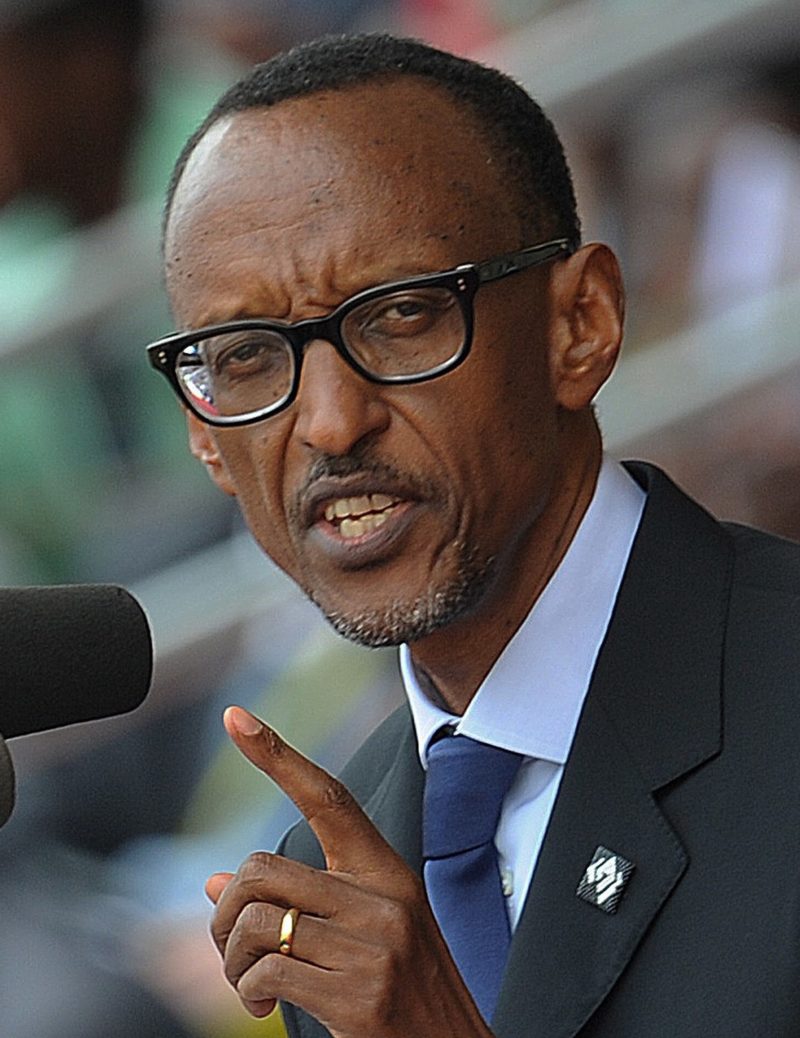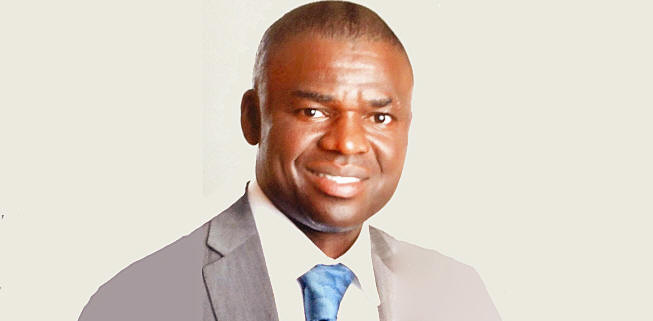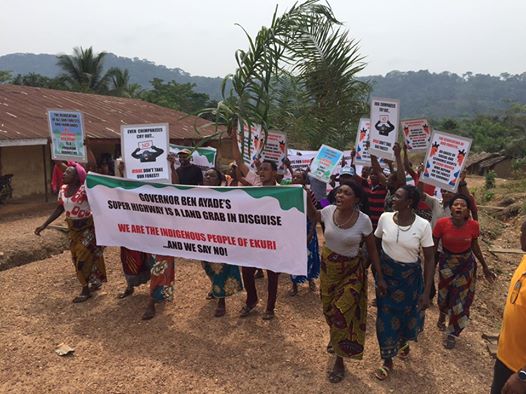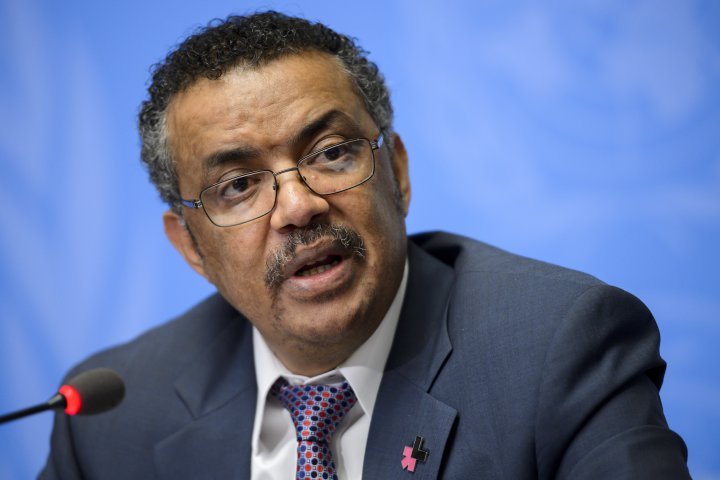The Ouagadougou, Burkina Faso-based Volta Basin Authority (VBA) has initiated a series of consultative processes towards developing a Water Charter for the integrated management of water resources in the six riparian countries of the Volta Basin. The countries are Ghana, Burkina Faso, Mali, Benin, Togo and Cote d’ Ivoire.
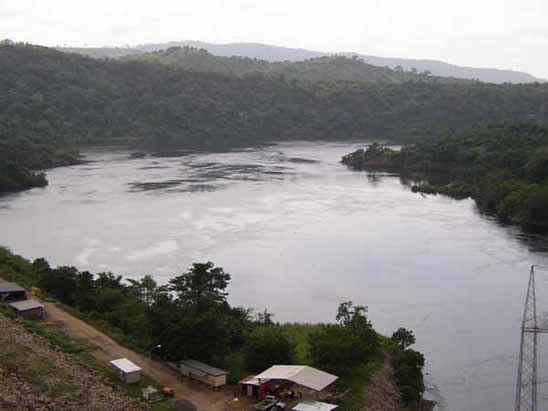
The Water Charter’s vision is, “a basin shared by willing and cooperating partners, managing the water resources rationally and sustainably for their comprehensive socio-economic development.” When completed, the Water Charter will serve as the conventional instrument to strengthen inter-state cooperation on the shared river basin for the mutual benefits of member countries.
Overview of the VSIP
This initiative is part of activities under the Volta River Basin Strategic Action Programme Implementation Project (VSIP) being jointly funded by the World Bank through the Cooperation in International Waters in Africa (CIWA), the Global Environment Facility (GEF), and the VBA at a total cost of $10.94 million.
VSIP was evolved from the 2015-2024 Strategic Action Programme (SAP) for the Volta Basin and the 2015-2019 Strategic Plan of the VBA, following findings of a Transboundary Diagnostic Analysis in the Volta Basin in 2013.
The findings revealed environmental problems like: changes in water quantity and seasonal flows; degradation of ecosystems; and deterioration of water quality. Other problems identified were climate change and its consequences; and lack of coordination in the management of the shared water resources. The study concluded that these problems could aggravate water shortages, conflicts on water use and water borne diseases.
Thus, VSIP is packaged in response to these findings, with the overall goal to enhance the capacity of the VBA for transboundary water resources management. It has four components; the first of which is the Development of the Volta Basin Water Charter. The others are Facilitating Dialogue, Communication and Project Management; Implementation of SAP Actions and Project Monitoring.
Development Process of the Volta Basin Water Charter
The Development of the Volta Basin Water Charter is being rolled out in three phases over a three-year period from 2017 to 2019. Phase 1 comprises various measures including an estimation of the existing water resources available in the Volta Basin in country and across the region. There is also a technical diagnosis to appreciate current and prospective water demands within the countries.
Another measure is the legal assessment at the national level across the countries to understand the different national, international and sub-regional conventions relating to water and the environment as well as provide an understanding of the legal set up in the water and environment sectors of member countries.
Also to be carried out is an institutional assessment to identify relevant existing structures at the national, sub-regional and international levels.
The BRL Engineering Team of Experts is leading the process, which will result in the development of a Shared Water Diagnostic Report on Transboundary Issues, to be addressed in the Water Charter.
The consultative processes involve stakeholder meetings, focus group discussions and face-to-face interviews. To this end, a team made up of officials of the VBA and a representative of the leading group was in Accra, Ghana, hosted and assisted by the Water Resources Commission (WRC), to interact with key partners and stakeholders as a start of the initial process towards developing the Volta basin Water Charter.
This will be replicated in all the other countries to ensure the collation of comprehensive and appropriate data.
Phase 2 of the Development of the Volta Basin Water Charter has to do with the drafting of the Charter, which will subsequently be subjected to stakeholder consultation. Following that, the draft Charter will be validated by the Team of Technical Experts and finalised, then approved by the Ministers and adopted by the Heads of States.
Phase 3 will involve the development of Action Plans to implement the Charter. This will include the production of communication, education and informational materials; and holding of sensitisation forums to facilitate the required ratification of the Water Charter by the Parliaments of the six riparian countries.
The Water Charter is expected to be a legal document binding on all member countries.
The Volta River and Basin
The Volta River is Africa’s 9th largest river that flows for a total distance of 1, 850 km and is shared by Ghana, Burkina Faso, Mali, Benin, Togo and Cote d’ Ivoire in the West African sub-region. Its main tributaries are the Black Volta (Mouhoun), White Volta (Nakanbe), the Oti (Pendjari) and most rivers in the lower Volta that drain into the Volta Lake. Downstream the lake in Ghana, the Volta River discharges into the Atlantic Ocean
The Volta Basin is a source of livelihood and a driver of socio-economic development for the majority of its 23.9 million inhabitants who are engaged in agriculture, livestock breeding, fisheries and aquaculture, and forestry.
The Volta Basin Authority was established in 2007 following the signing of a Convention by the riparian countries, to promote permanent consultation for rational, sustainable and equitable management of the water resources of the Volta Basin for poverty alleviation and better socio-economic integration.
By Ama Kudom-Agyemang, Accra, Ghana


